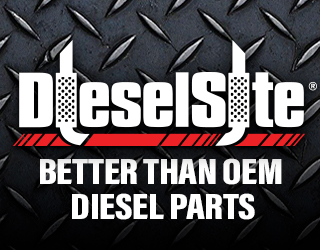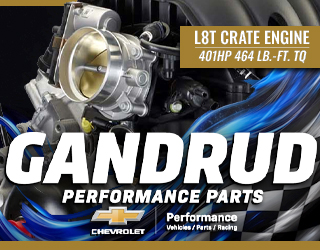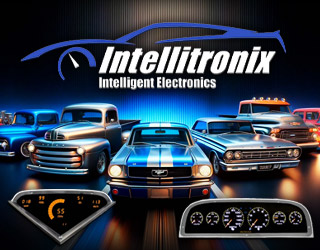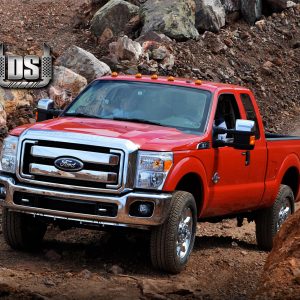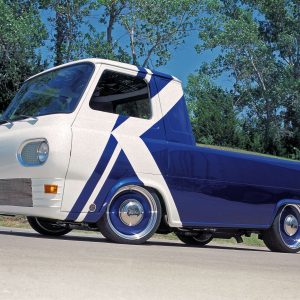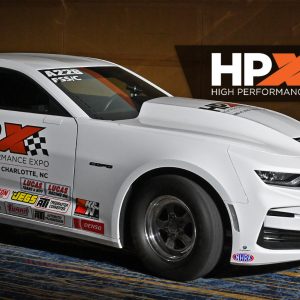Late Model
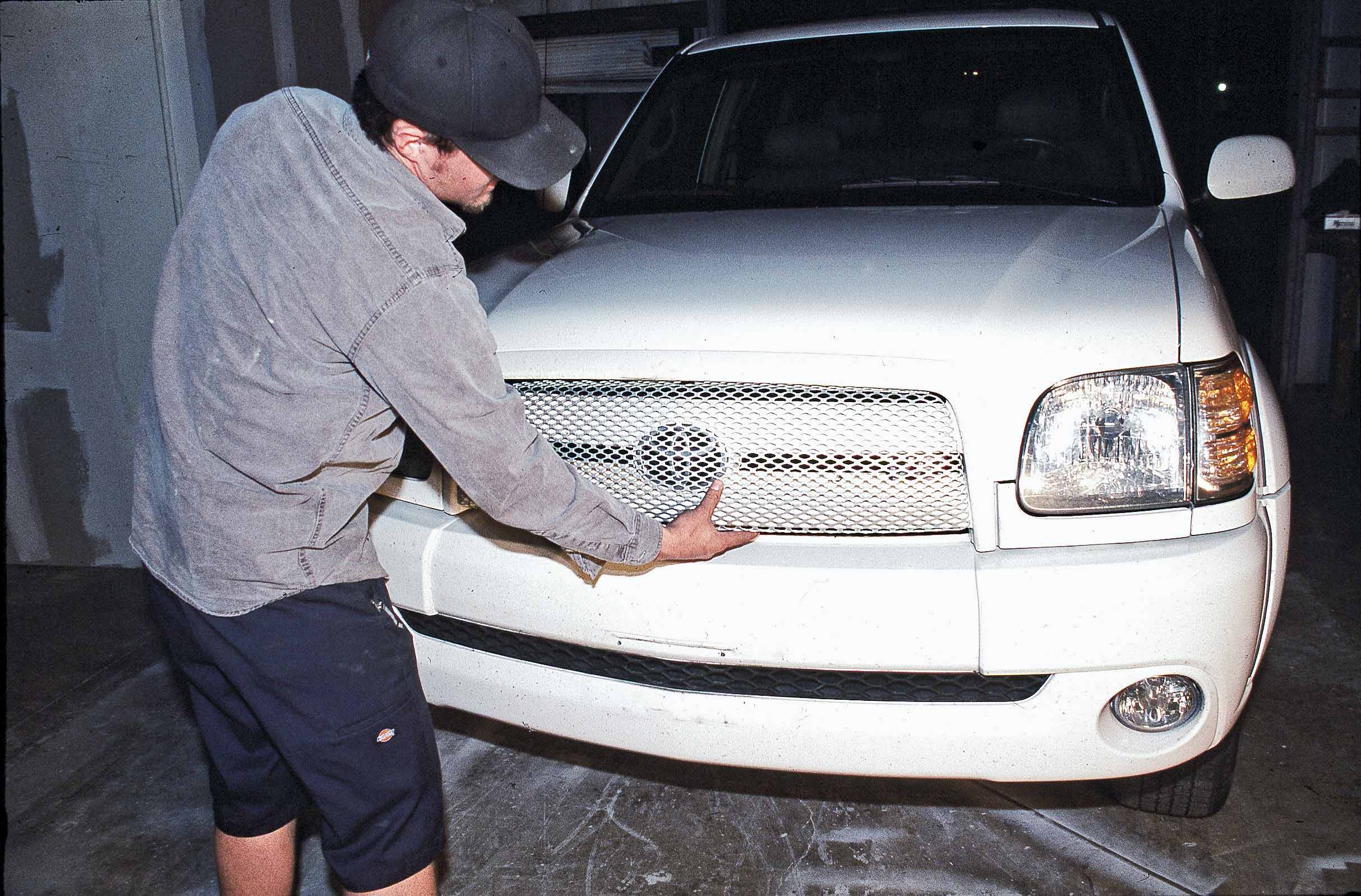
Join installer Eric Leopold as he meticulously upgrades a white ’04 Tundra with a Street Scene (SS) Speed Grille. Follow along as he navigates the challenges, highlighting the careful process of installation, and witness the transformation of this well-converted street truck in Atascadero, California. Discover the ‘rightest’ way to upgrade with precision and attention to detail in this step-by-step showcase. Photos included for a closer look at the seamless transformation.
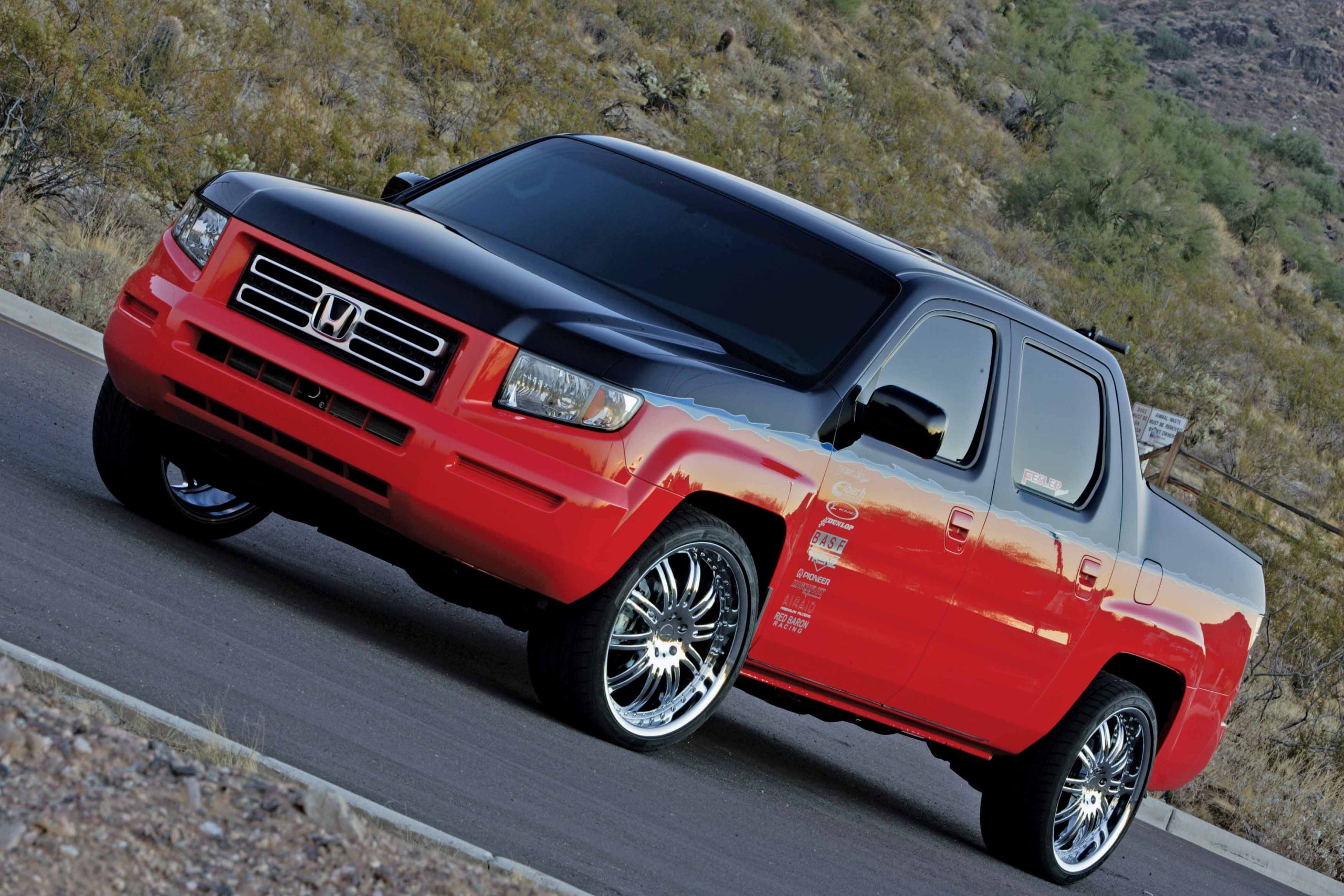
They say don’t mess with it if it isn’t broken. This straightforward build of a 2006 Honda Ridgeline RTL puts that advice into practice. Honda’s foray into the truck realm seems to have tapped into something big: that some people really want their truck to be more like a big, spacious car. Those people, for whatever reason, like the idea of driving a truck, but deep down they prefer something more comfortable and more refined. That is exactly what the Honda Ridgeline delivers.
So when Buddy Rice, Honda and Fesler Built started talking about customizing a Ridgeline, the conversation didn’t involve an all-out overhaul. Instead the team wanted to rely on the designed-in features that have made the Ridgeline so popular.
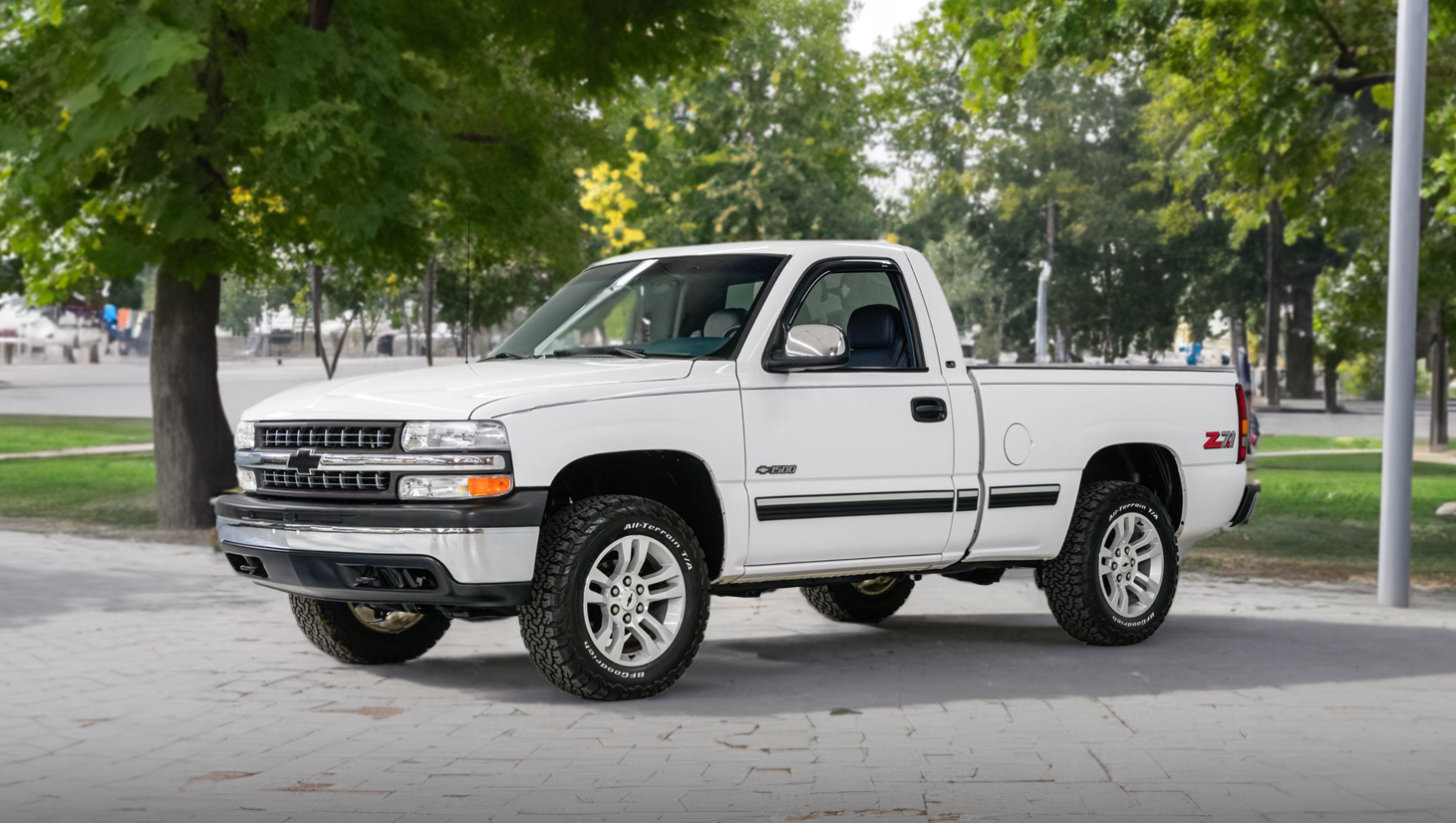
The white ’99 Silverado was beginning to show the wear and tear of fighting the highway wars the last few years. The once proud and pampered show truck—a standard cab shortbed with matching cab-high camper shell—hadn’t spent much time in daily service until recent years, but now it bore its share of dings, dents and scratches. It was obvious that the 50,000 miles on the odometer hadn’t done the 5.3-liter V-8 much good. Part of the reason for the dissipated performance was the exhaust system, a very tired, less-than-top-quality aftermarket after-cat that had started banging, squeaking and leaking.
Installing a new after-cat from MagnaFlow was at the top of this owner’s agenda. He acquired a MagnaFlow (part No. 15617) polished stainless steel after-cat performance system for his Chevy, and because he’s in the automotive business and has a lift at his own facility, all he had to do was enlist the help of a colleague experienced in exhaust system installs to lend a hand with the hookup.
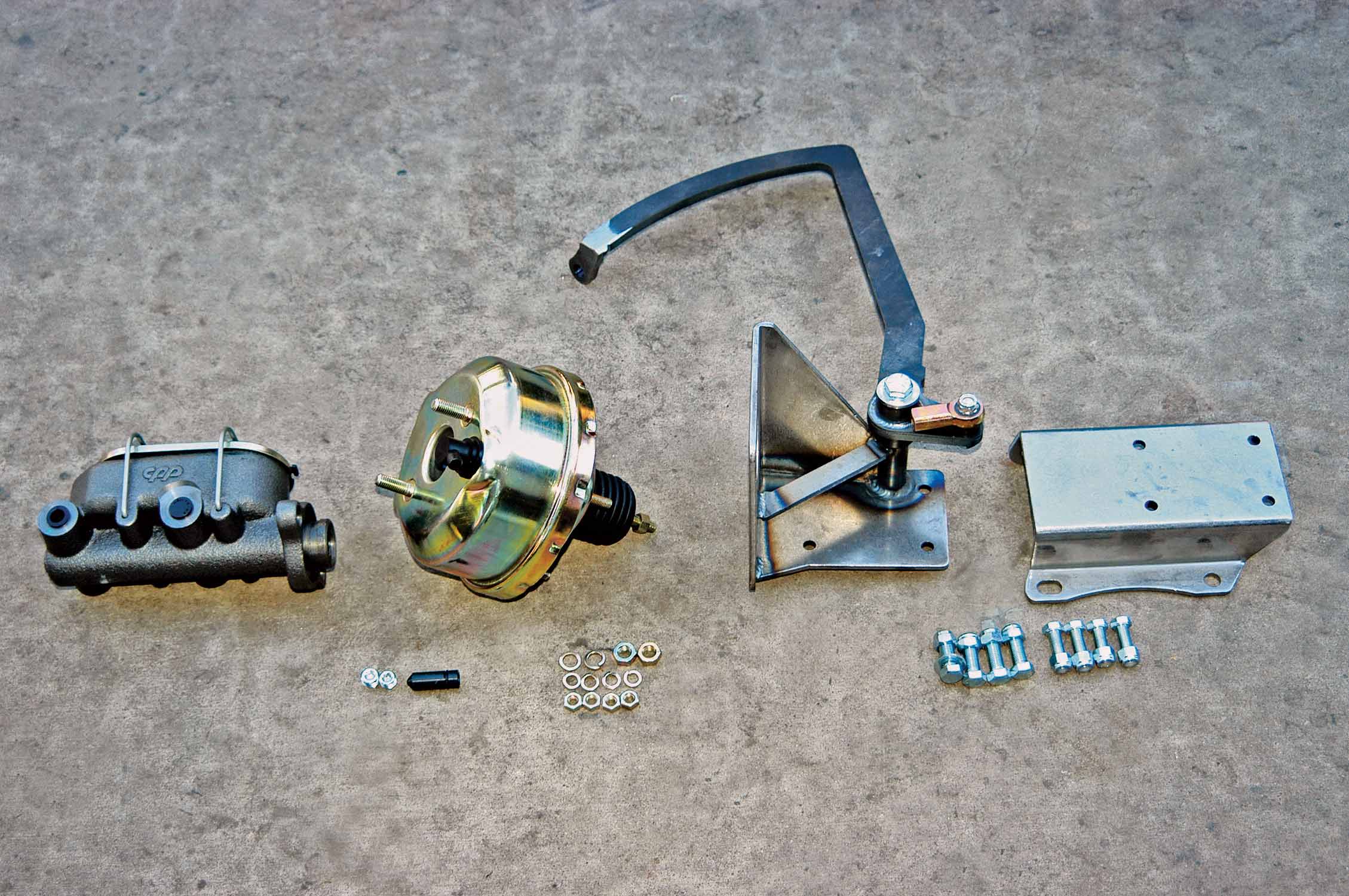
In the ’50s, home-delivery baker Helms Bakery went door to door, delivering bread and bakery goods on the streets of Southern California. All you had to do was call and order what you needed, and the next day it was delivered to your door. You could also stop the drivers on their route to buy their goodies, and that’s how we remember the early ’50s Chevy Helms delivery trucks. We figured they must have a rather large fleet of them to cover the L.A. Basin. We aren’t sure exactly when it happened, but no doubt rapidly changing family lifestyles took their toll, and Helms stopped the delivery portion of the business. As a result, there were a lot of early Chevy panel trucks that went somewhere.
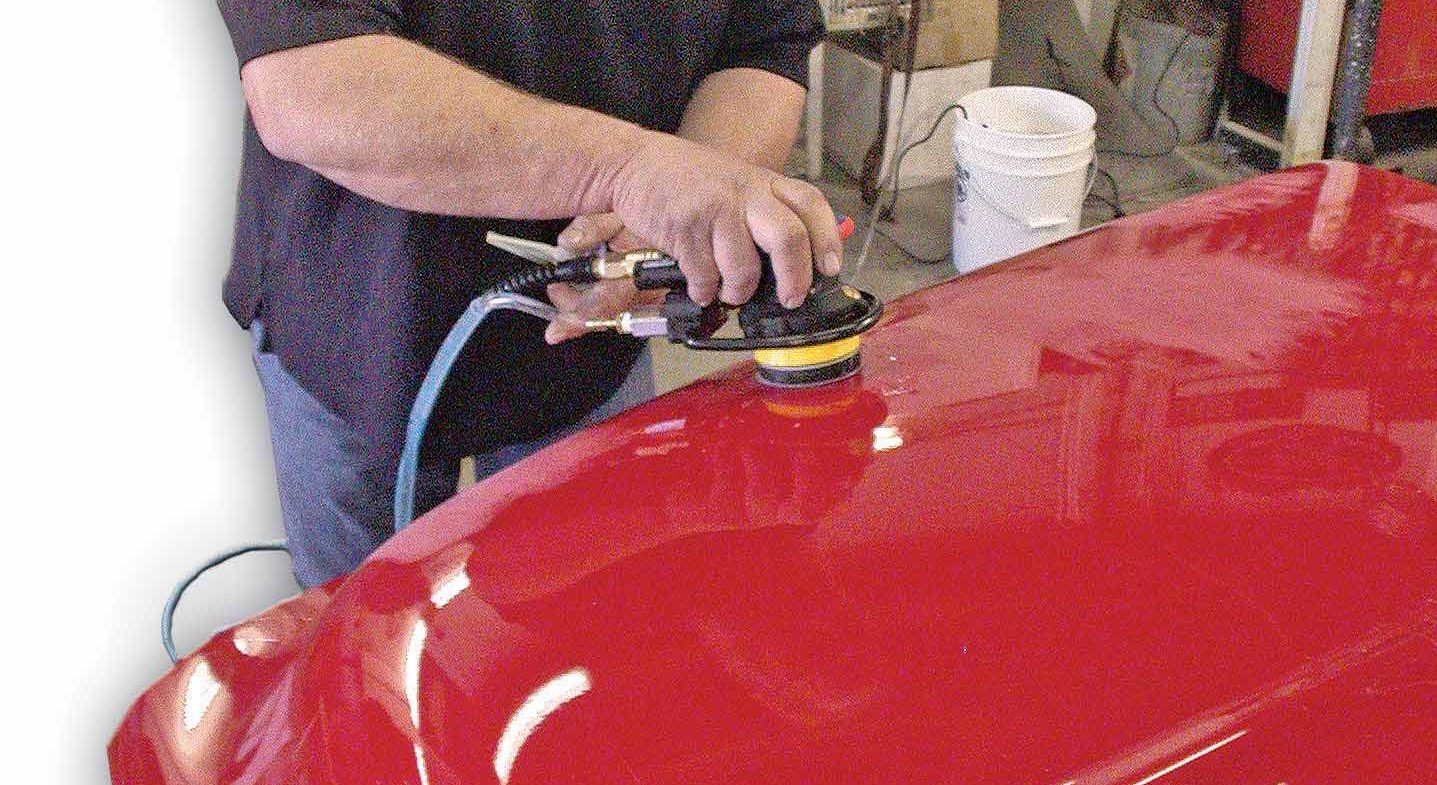
Now, it may seem crazy that anyone would take sandpaper to a new paint job, but if you want to have a glass-like finish that is exactly what happens. Of course, it is special sandpaper, and the person doing the work needs to know exactly what he is doing or that paint job can be toast. One of the things that makes color sanding possible is that the paper used is meant to be wet while the job is taking place. The water not only works as a lubricant, but it also removes the fine paint sludge from the area. The problem is getting that water in the proper place and having enough of it to do the job. After all, who really likes sticking his arm into a cold bucket of water time after time?
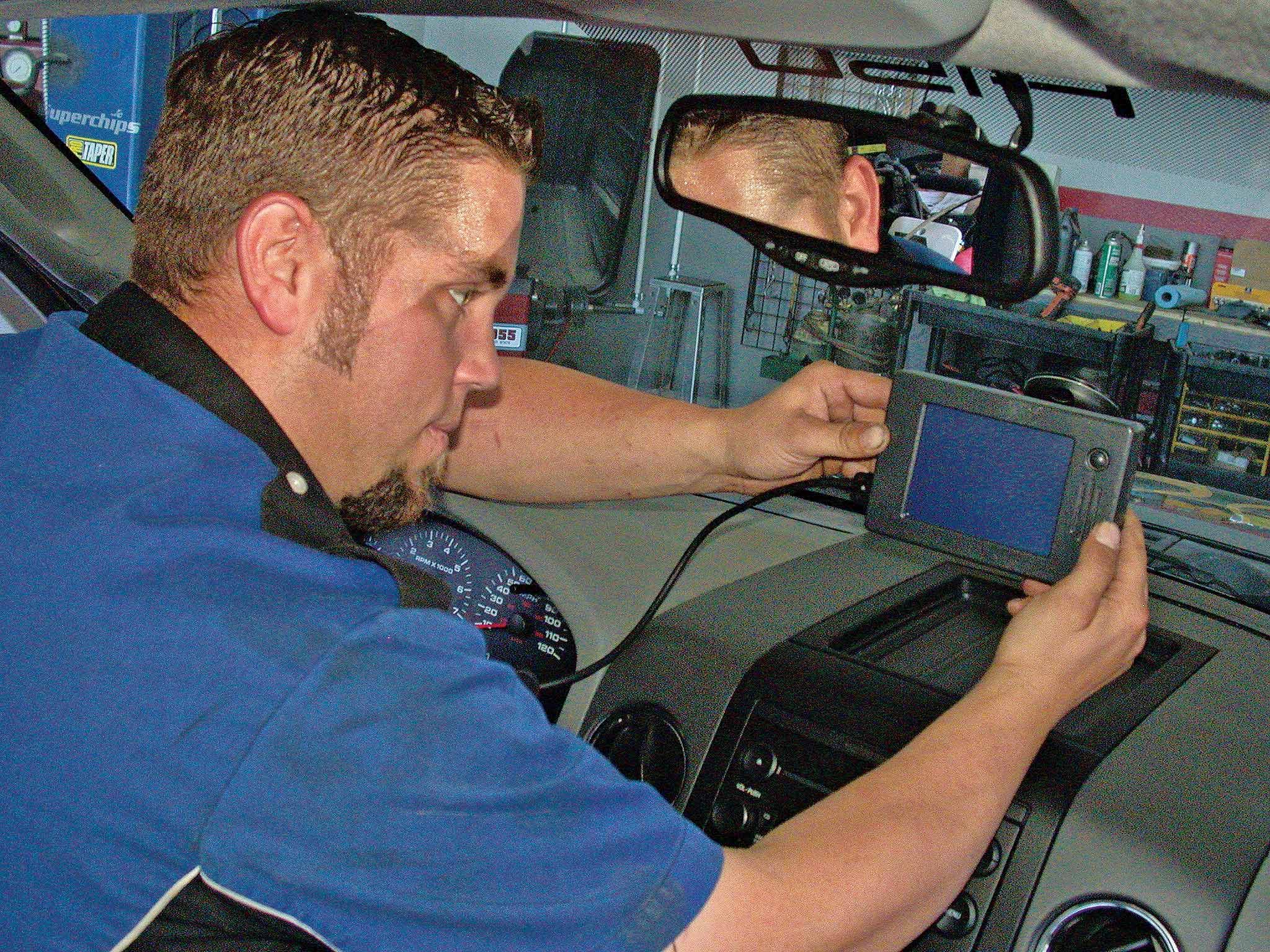
The Power Programmer is designed so that once the parameters are established and loaded, the unit is pulled and the program remains in the onboard computer until you elect to remove it. The HyperPAC is different; this unit stays in place. In addition to the three stages of performance tuning—the HyperPAC has all of the performance programming benefits of the Power Programmer—it also has diagnostics; an engine monitor with a complete gauge display; a dynamometer, which includes such items such as a horsepower graph; and our favorite, a dragstrip program. This program actually monitors real-time engine operating conditions, has a Christmas tree start, displays a timeslip and will provide you with “magazine-type road test” acceleration times in 10-mile increments. It will record and display important engine operating conditions throughout the run and will display drive wheel horsepower versus vehicle speed after each run—in both table and graph formats.
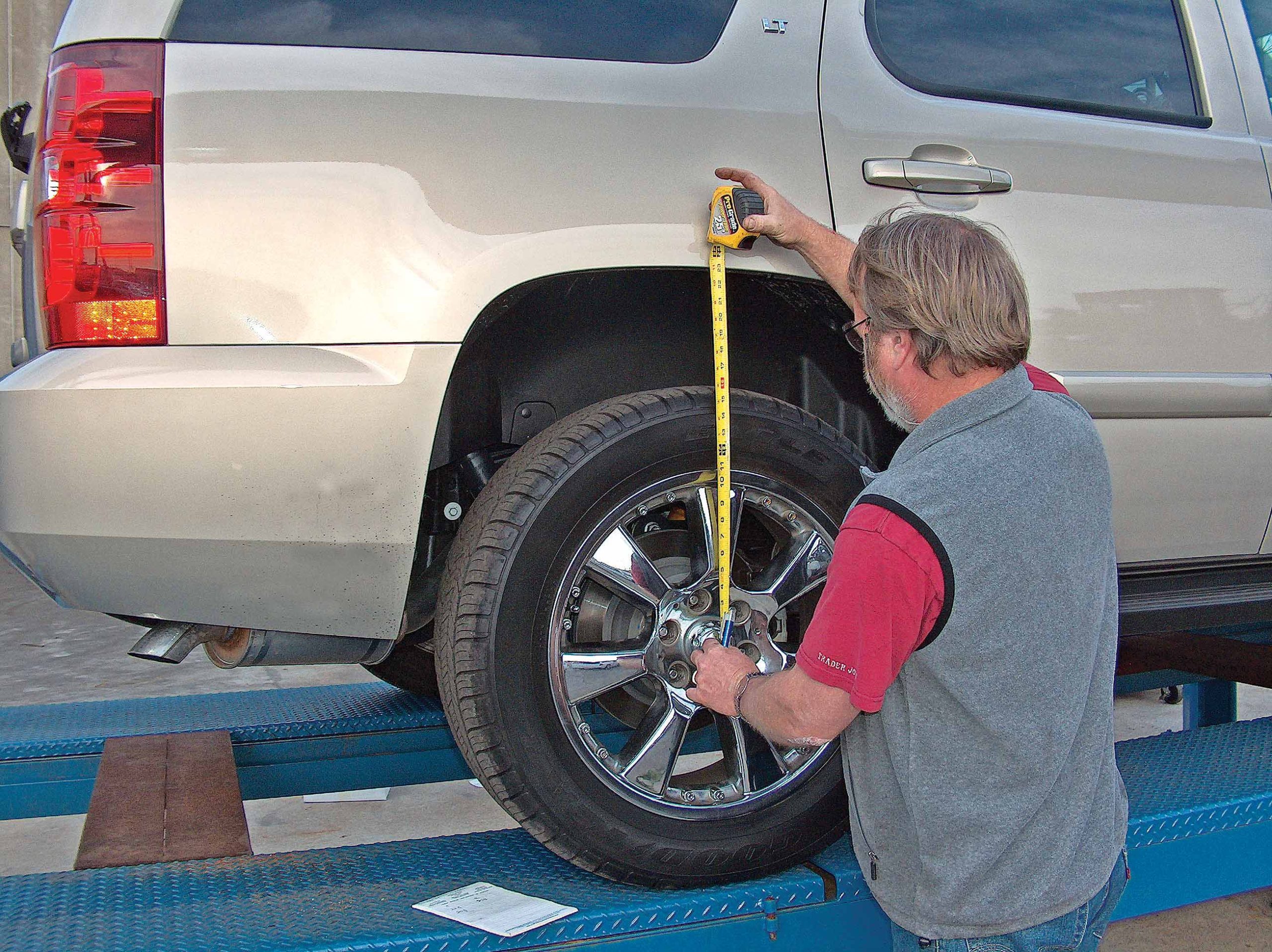
The ’07 Tahoe, Chevrolet’s premature baby, hit the street in late March 2006. Introducing the next generation of Tahoes so early was part of some master marketing scheme, born and nurtured in the hallowed halls of Chevrolet corporate. In any case, the ’07 Tahoe’s rear ride height measured 23-1/8 inches from the center of the hub to the lip of the fenderwell, while the front measured only 20-1/4 inches. As usual, the rear stood considerably higher than the front.
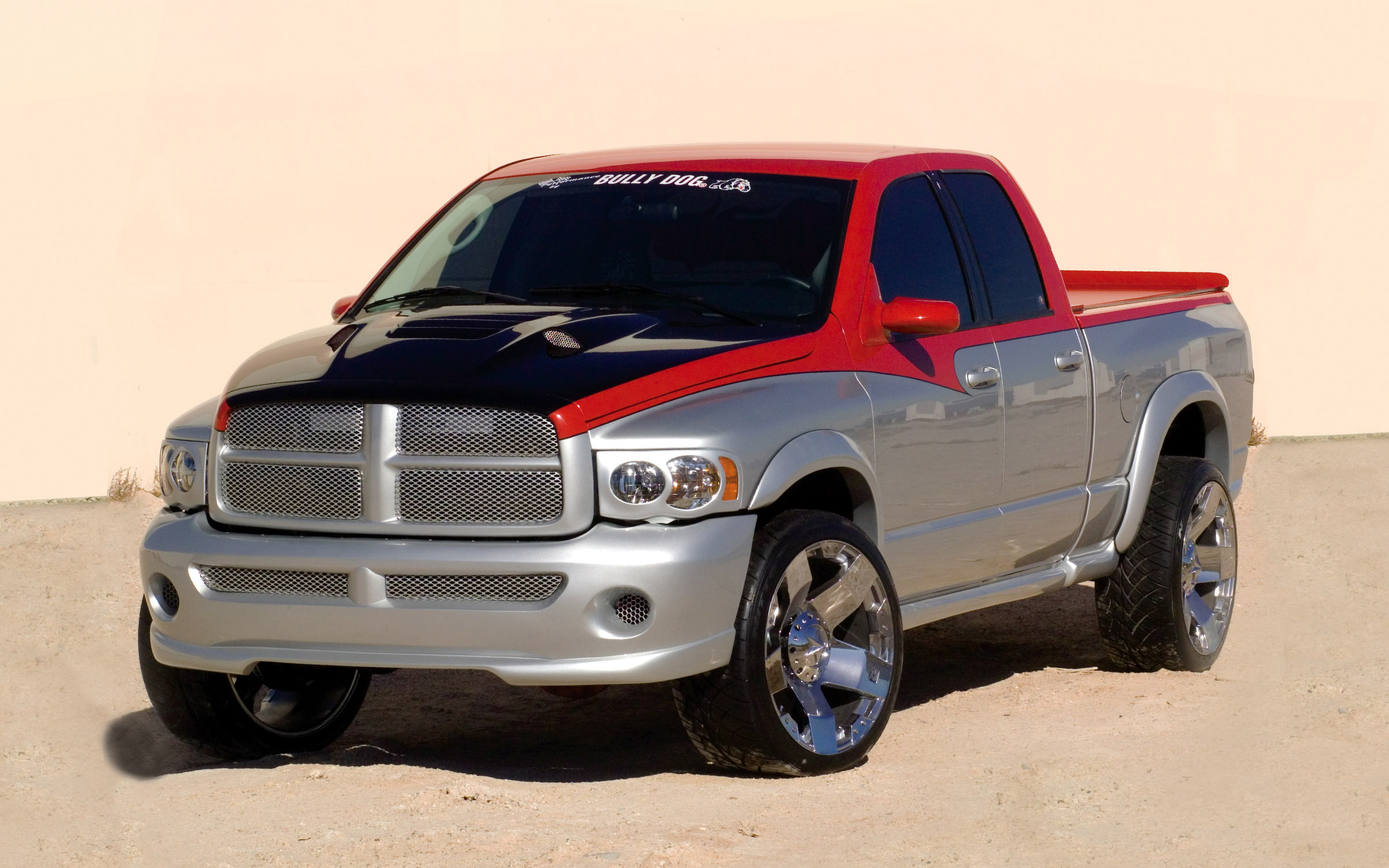
Bully Dog Technologies, located in Aberdeen, Idaho, designs and develops some great bolt-on power products for the diesel aftermarket. Creating these pieces involves literally hundreds of hours in R&D and design work with some of the brightest engineers and technicians around. But, as you can imagine, it’s fun work.
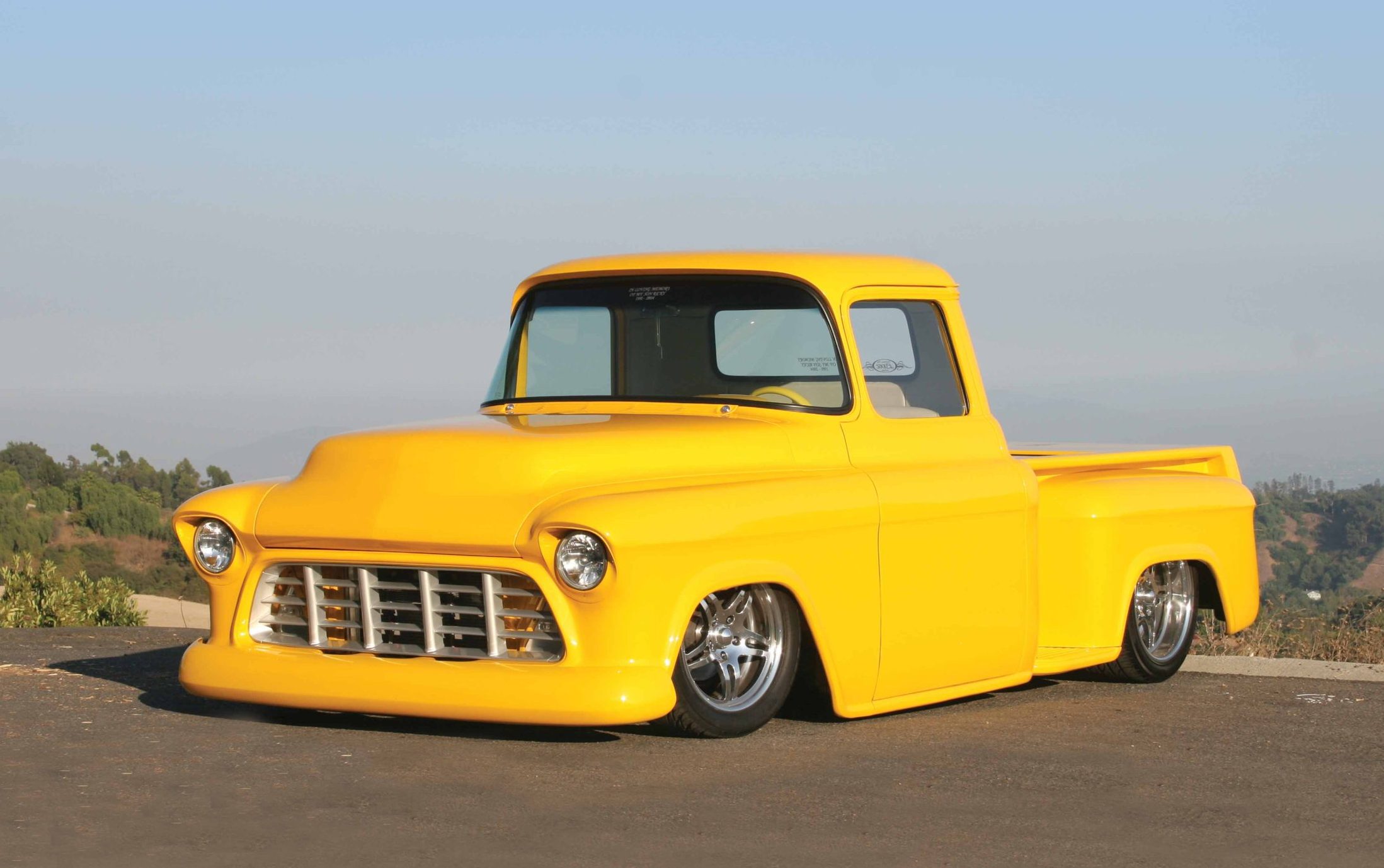
When Ricardo Lopez began building this 1955 Chevy he had some help, as well as a plan. In the beginning, this little Chevy pickup was to provide an excellent chance for Ricardo to spend some time with his son, Ricky, and to be able to show the boy some of the tricks that he had learned over the many years he had worked as a customizer, bodyman and painter. As owner of Paint By Lopez in Compton, California, Ricardo had hopes of his boy taking over for him in the years to come, maybe even calling the shop Paint By Lopez & Son. Unfortunately, Ricky was taken from Ricardo and his wife, Monica, in a freak accident. At first Ricardo was going to sell the truck, as the sight of it was almost too much to bear. But upon reflection he changed his mind. Ricardo thought that finishing the project was not only a perfect way to work through his grief, but it would also give him a chance to feel connected to the son he had lost. When the Chevy was completed, it would be a way to honor Ricky’s memory.
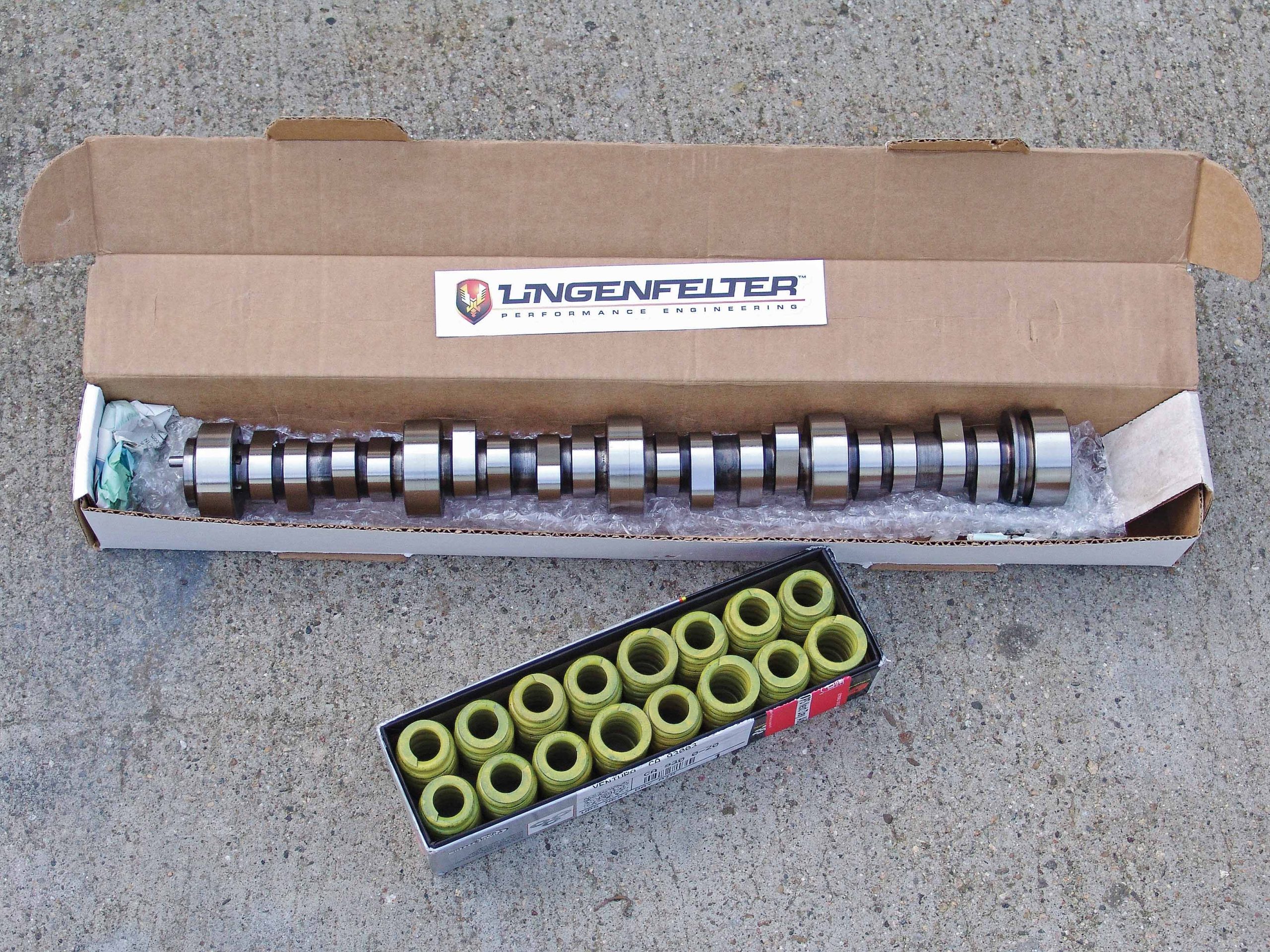
It can be argued that one of the best mods you can make to an LS-based or Gen III motor is a camshaft change. With the number of aftermarket companies making many different types, a good cam can be found for anywhere from $300 to $1,000, depending upon what type of power you want to make and how sophisticated the cam package is. Because 99.99 percent of all vehicles on the road today are computer controlled, most aftermarket companies are able to suggest whether a new tune will be necessary or if the stock one will suffice. But with so many different options out there, it can be quite confusing as to which is the right one for you.




